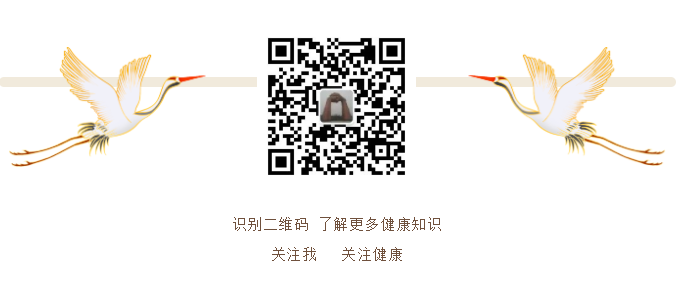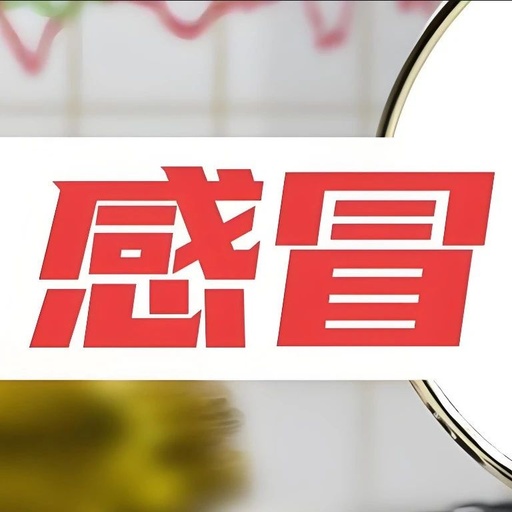
A cold is a febrile disease caused by external wind pathogens or seasonal viruses, which can occur throughout the year, with a higher incidence in the cold winter and spring seasons. It is a common clinical condition, referred to in modern medicine as a respiratory infectious disease. Clinical manifestations include fever, chills, headache, nasal congestion, runny nose, sneezing, cough, sore throat, and a floating pulse. Due to the different external pathogens, Traditional Chinese Medicine (TCM) categorizes colds into wind-cold, wind-heat, and summer-dampness.
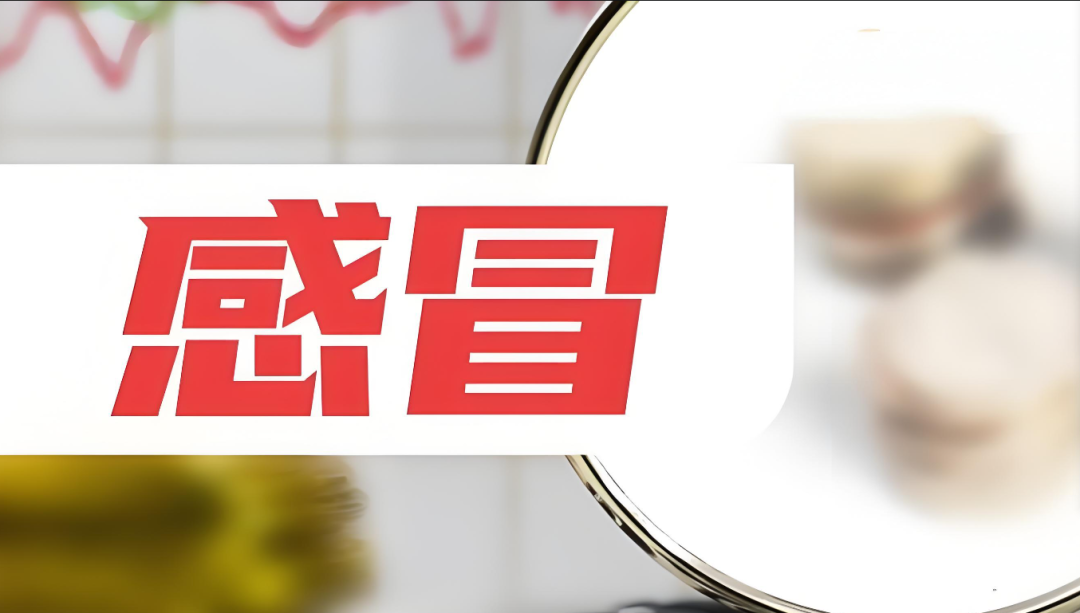
Next, we will discuss how to use specialized gua sha techniques to treat these three types of colds.
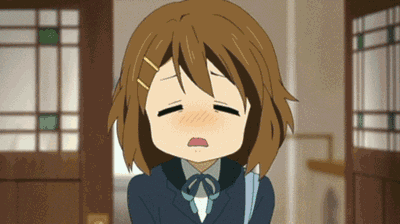 Wind-Cold Cold
Wind-Cold Cold
Symptoms: Characterized by severe chills, mild fever, headache, absence of sweating, clear nasal discharge, thin white phlegm, no thirst, and a thin white tongue coating.
Treatment Method: Gua sha on the neck (xiang cong), neck three bands (xiang san dai), scapular ring (jian jia huan), gua sha at the center of the chest (shan zhong), Feng Chi (Fengchi), Da Zhui (Dazhui), and Zu San Li (Zusanli).
Technique:
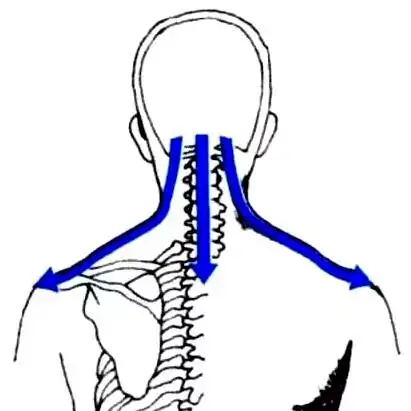
Apply an appropriate amount of gua sha oil to the area to be treated. Start with the neck three bands using a draining technique, as the shoulder muscles are rich and require firm pressure. Cupping can be added at the shoulder well (jian jing); the Dazhui area also needs to be treated gently, applying light pressure to achieve the desired sha.
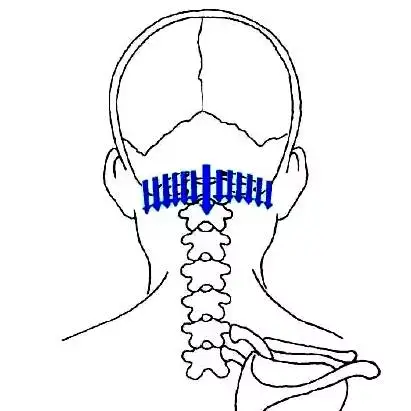
Next, perform gua sha on the neck three bands using a balanced technique, with emphasis on the Feng Chi point.

Then, gua sha on the scapular ring, focusing on the lung shu (fei shu) and scapular area.
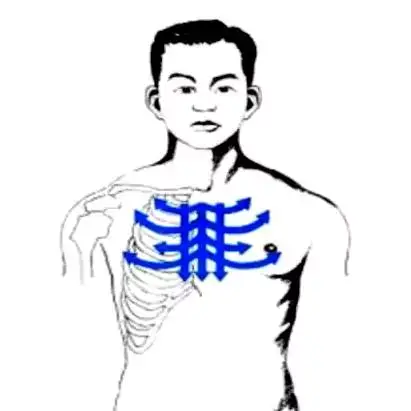
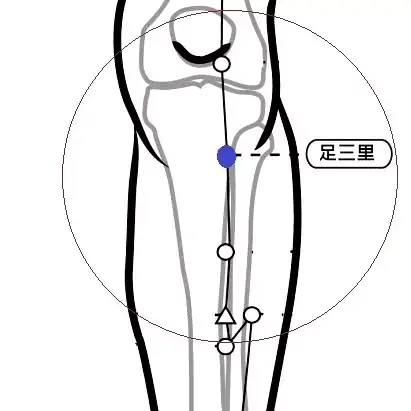
Then, gua sha at the center of the chest, using gentle techniques; finally, gua sha on Zu San Li, extending the strokes as much as possible.
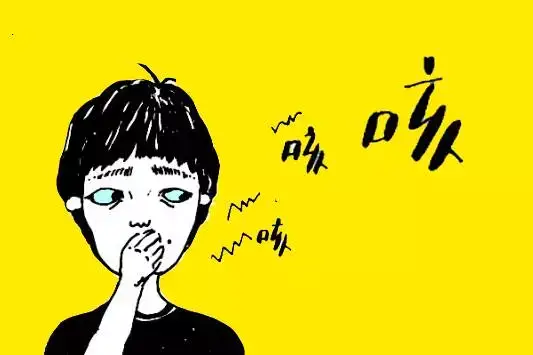 Wind-Heat Cold
Wind-Heat Cold
Symptoms: Characterized by mild chills, high fever, headache, sweating, thick yellow nasal discharge, yellow and thick phlegm, thirst, and a thin yellow tongue coating.
Treatment Method: Gua sha on the neck (xiang cong), neck three bands (xiang san dai), scapular ring (jian jia huan), Feng Chi, Feng Fu (Fengfu), Da Zhui, He Gu (Hegu), Qu Chi (Quchi), Chi Ze (Chize), Wai Guan (Waiguan), and Zu San Li.
Technique:

Apply an appropriate amount of gua sha oil to the area to be treated. Start with the neck three bands using a balanced technique, emphasizing the Feng Chi and Feng Fu points.
Next, gua sha on the neck three bands using a draining technique, as the shoulder muscles are rich and require firm pressure. Cupping can be added at the shoulder well (jian jing); the Dazhui area also needs to be treated gently, applying light pressure to achieve the desired sha.

Then, gua sha on the scapular ring, focusing on the lung shu (fei shu) and scapular area.
Finally, gua sha on the upper limb Qu Chi, Chi Ze, Wai Guan, and end with Zu San Li.
For the limbs, ensure the gua sha strokes are as long as possible, and consider using point, press, and knead techniques at He Gu and Zu San Li to enhance efficacy.
 Summer-Dampness Cold
Summer-Dampness Cold
Symptoms: Common in summer, caused by exposure to summer heat, often accompanied by dampness, characterized by fever, profuse sweating that does not relieve the heat, nasal congestion, thick nasal discharge, dizziness, headache, heaviness in the body, irritability, thirst, chest tightness, nausea, short and red urine, and a yellow greasy tongue coating.
Treatment Method: Gua sha on the scapular ring, center of the chest (shan zhong), middle abdomen (san wan), Chi Ze, He Gu, middle abdomen (zhong wan), Zu San Li, Zhi Gu (Zhigou), and center of the chest (shan zhong).
Technique:

Apply an appropriate amount of gua sha oil to the area to be treated. Start with the scapular ring, focusing on the vertical five bands, using a light technique on the first band (governing vessel), and a draining technique for the rest.
Next, gua sha at the center of the chest, using gentle techniques.
Then, gua sha on the middle abdomen (san wan),
followed by the inner side of the upper limb Chi Ze, outer side Zhi Gu, and end with Zu San Li.
For the limbs, ensure the gua sha strokes are as long as possible, and consider using point, press, and knead techniques at He Gu and Zu San Li to enhance efficacy.
If there is a sore throat, consider applying gua sha at Shao Shang (Shaoshang) and Da Zhui.
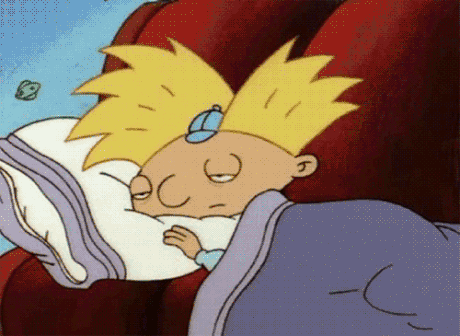
Body temperature exceeding 39°C indicates high fever.
Specialized Gua Sha Points: Neck three bands, scapular ring, elbow crease (zhoubow), Qu Chi, He Gu, and three bands at Wei Zhong (Weizhong).

Apply an appropriate amount of gua sha oil to the area to be treated. Start with the neck three bands, focusing on Dazhui and Jianjing to achieve sha, and consider cupping to accelerate fever reduction.

Then, gua sha on the scapular ring, which has the functions of releasing the exterior, clearing heat, promoting yang, nourishing yin, clearing the lungs, stopping cough, and calming the mind. Focus on the vertical five bands, using a light technique on the first band (governing vessel) and a draining technique for the rest, adjusting the technique based on the sha marks and considering cupping.
Gua sha at the elbow crease using a draining technique to achieve sha.
Gua sha at the three bands of Wei Zhong using a draining technique to achieve sha, and consider cupping for rapid fever reduction.
Finally, gua sha on Qu Chi and He Gu, ensuring the strokes are as long as possible.
Gua Sha Precautions
Key Points of Operation
(1) Fully expose the area to be treated and evenly apply gua sha oil or other mediums on the skin;
(2) Hold the gua sha board, starting with light and slow techniques. Once the patient adapts, gradually increase the pressure and speed, ensuring the patient can tolerate it. It is advisable to scrape in one direction along the meridians, focusing on painful points and acupoints to achieve sha.
(3) After gua sha, advise the patient to drink warm water to assist in detoxification and expelling pathogens.
Precautions
(1) It is normal for mild pain or itching to occur in the treated area 1-2 days after gua sha; avoid cold showers for 30 minutes after achieving sha; in summer, avoid direct airflow from fans or air conditioning on the treated area; in winter, ensure warmth.
(2) Gua sha therapy has strict requirements regarding direction, duration, technique, intensity, indications, and contraindications. Improper operation may lead to discomfort or even worsen the condition, so it is essential to strictly follow operational guidelines or medical advice and not perform it casually at home.
(3) Patients with bleeding tendencies, severe skin allergies, extreme weakness, or severe heart failure should avoid or use caution with gua sha. Gua sha therapy is not suitable for everyone; generally, those with thrombocytopenia, liver and kidney dysfunction, bleeding tendencies, or skin inflammation should not undergo this therapy.
Source: Hua Tuo Training School
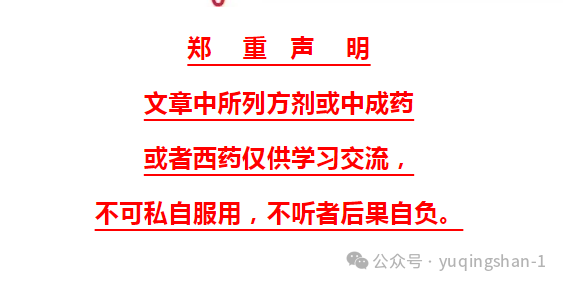
Disclaimer: The formulas or Chinese patent medicines listed in this article are for educational exchange only and should not be taken without proper guidance. The consequences of ignoring this advice are the responsibility of the individual.
Reminder: The various prescriptions, verified formulas, and Chinese patent medicines mentioned in this article are for reference and learning by professional TCM practitioners only and should not be used as prescriptions. Please do not blindly try medications; this platform does not bear any responsibility for any consequences arising from such actions!
Note: Some text and image resources in this article are sourced from the internet. The purpose of reprinting this article is to disseminate more information. If there are any errors in source attribution or infringement of your legal rights, please notify us immediately, and we will delete it promptly and apologize for the situation.
You have read ·
·
 seconds, if you feel good, you can share or follow the QR code below
seconds, if you feel good, you can share or follow the QR code below
